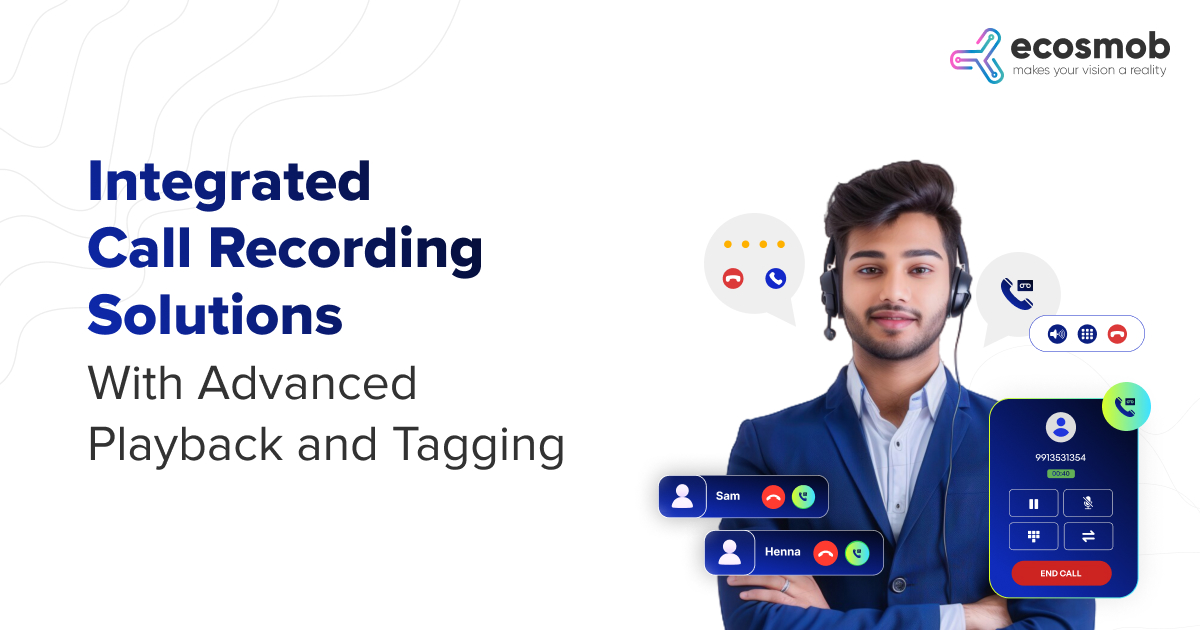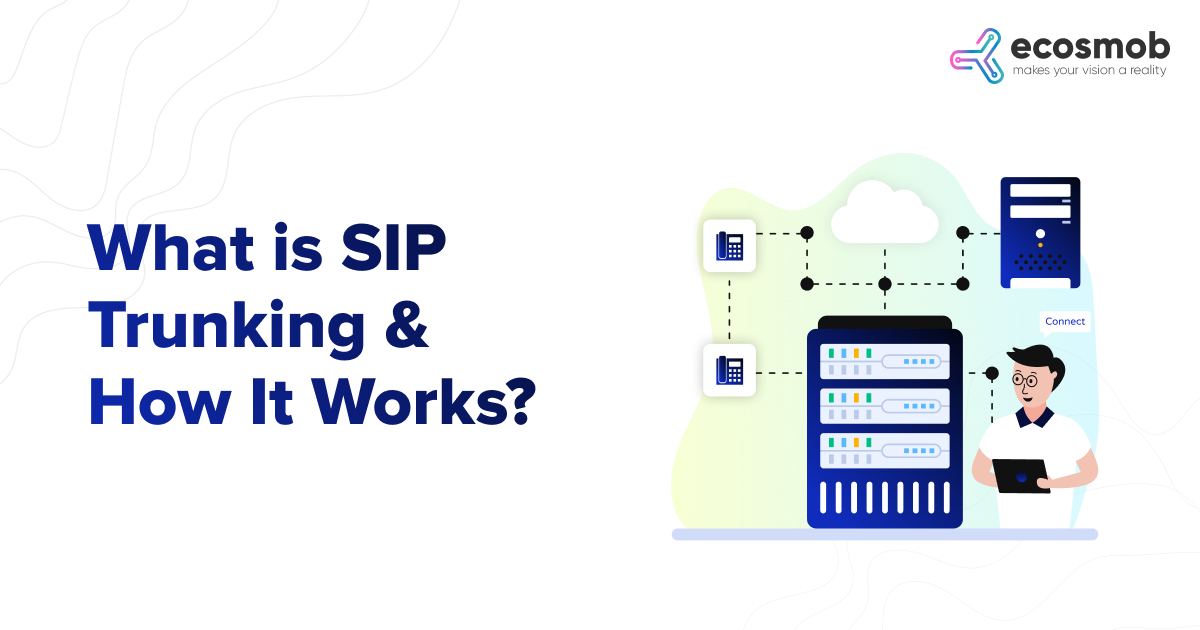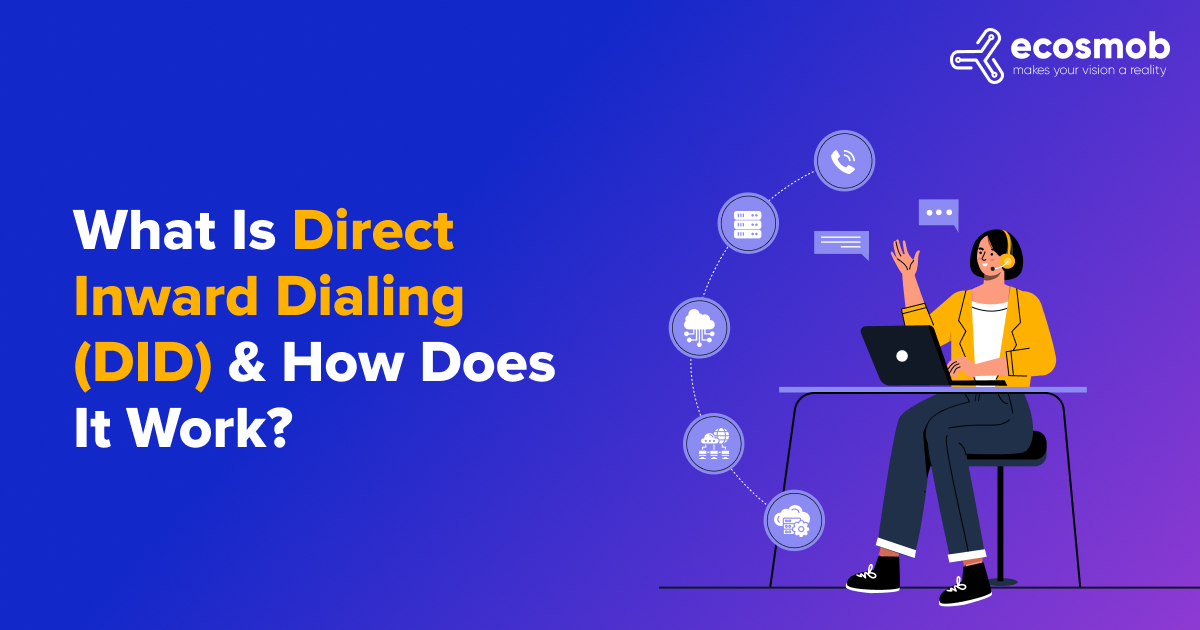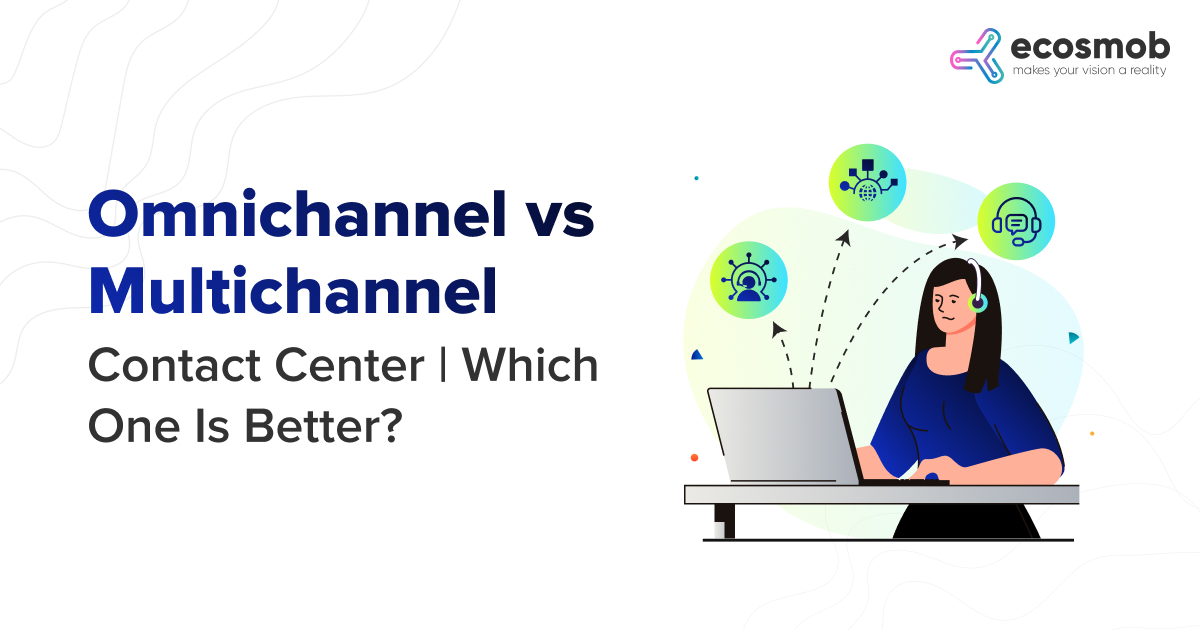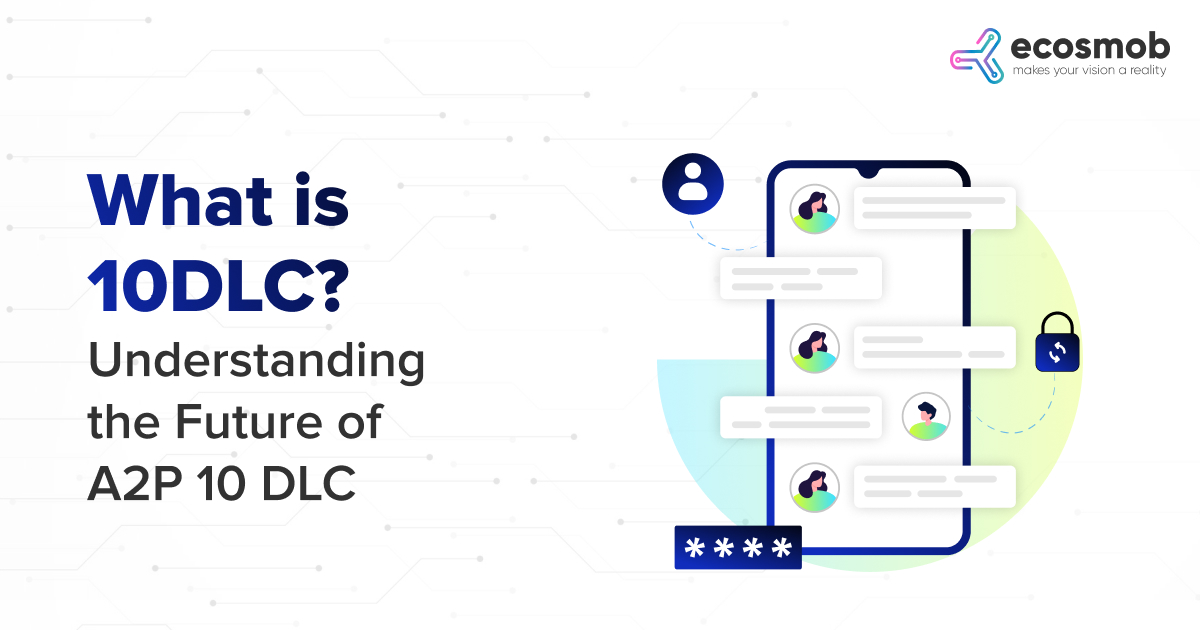Open-source is a concept that everyone in the IT industry is well aware of. It’s software with a source code that anyone can inspect, modify, and enhance. Open-source software has become an integral part of the VoIP world as well. With much of the tech world adopting open-source solutions with open arms, open-source VoIP was bound to take the telephony world by storm.
Today, VoIP business solutions use a number of open-source libraries and technologies. And VoIP development services are finding that telephony apps that are built using open-source platforms have transformed the way phone systems work.
So why are an increasing number of enterprises moving to open-source VoIP platforms? There is a long laundry list of reasons. Apart from reducing costs, open-source VoIP software brings flexibility, better user support, and more innovative features to the table. The software also makes it possible to create robust applications that come with some lucrative and interesting features. With all these advantages put together, open-source VoIP has become a must-have software addition for modern IP-powered phone systems.
As open source gains transactions in the VoIP industry – especially the telephony engine Asterisk – it has opened a host of opportunities for enterprises to take the Asterisk source code and align it to build their own business applications.
In this blog, we will look at the reasons why open-source VoIP platforms are seeing growing demand, highlight its benefits and also decode the differences between open-source and proprietary VoIP solutions.
Open Source or Proprietary VoIP solutions: What’s the difference?
VoIP solutions are becoming the telephony system of choice for enterprises across the world. This sudden spurt in demand has changed the game for the VoIP industry. VoIP service providers are scrambling to roll out smarter solutions that are powered by the best software, and cutting-edge features, and come with the power of multiple VoIP solutions in a single system.
While adding new powers to their VoIP telephony systems, most open-source VoIP development service providers use either open-source or proprietary VoIP solutions. Let’s compare both solutions to understand how they assist in building cutting-edge VoIP phone systems.
Features
- Open-source VoIP solutions are built by a vibrant community of developers who bring the best skills to the table. This ensures that they are always backed with the latest and most advanced features.
- Proprietary VoIP solutions are the handiwork of a handful of developers. While the solutions need to stay ahead of the curve in order to keep pace with the competition, it comes with the disadvantage of having fewer minds and fewer inputs while working on developing the solution.
Cost
- Open source VoIP solutions do not come with a license fee. Even if you want to white label the solution, you can do it for free.
- Proprietary VoIP solutions come with a licensing fee. Enterprises also need to pay an installation cost, and white labeling can be an expensive investment.
Access to software codes
- Since open-source VoIP solutions are open for any developer to use, they have easy access to all its codes. This gives VoIP software development companies instant access to all its directories, which they can use to build an advanced telephony system.
- Proprietary VoIP solutions do not give developers access to their codes. All that service providers offer is a frontend that allows users to manage the system using a graphical user interface.
Capability to scale
- Open source VoIP solutions are supported by a vast community of global experts. This makes it faster to scale and debug. All updates are also reviewed in detail. As the flow of ideas and talent is high, open-source VoIP solutions do not have to rely on a single vendor for support, and information and ideas can be shared freely on open forums. This makes the software more conducive for upgrades and scale.
- Proprietary VoIP software solutions are built to stay competitive in an open market. This means they are easy to scale and upgrade. However, this comes at a high cost and enterprises have to rely on their vendor completely to get the job done.
Compatibility and customization
- Open-source VoIP solutions are compatible with all standard-based equipment. This gives enterprises flexibility on many fronts, like picking endpoints and peripherals. Also, enterprises can create their own settings that fit their business requirements. This could include programing their buttons, ringtones, and interface. This increases productivity and boosts customer satisfaction. Open source VoIP systems are also completely customizable, as developers have access to all configurations. You can make any modifications or power integrations at no extra cost.
- In proprietary VoIP software solutions, the manufacturer has complete control over all modifications, upgrades, and updates. Also, service providers need highly technically proficient developers in order to customize the solution. This makes customization a tricky terrain for these solutions.
Why Open Source VoIP Solutions are Gaining Traction: Benefits
Open source VoIP solutions offer the same benefits as any other open-source software out there in the market. These include cost-effectiveness, flexibility, easy adaptability, hassle-free installation experiences as there are no vendors involved, easy and low-cost access to advanced features, the availability of the latest security protocols, and support from a global community.
Let’s take a detailed look at the advantages that open source VoIP solutions offer. These advantages have become the reason why the demand for open source VoIP platforms has grown sky-high in recent years.
-
Enjoy end-to-end customization
In today’s personalization-driven marketplace, customization is something that every user seeks. Open source VoIP platforms offer developers the power to customize as per enterprise requirements. Also, using Asterisk, integrations can happen seamlessly with multiple software such as databases, CRM solutions, emails, click to dials, and presence applications. Also, most open-source platforms provide easy access to the Asterisk command-line interface where most customizability is configured. While proprietary VoIP applications also offer integrations, they are usually developed by the manufacturer.
-
Get the best features at a minimal cost
Except for a license to use hardware or a server to run your software and a PSTN card to connect the outside networks, there is no cost incurred in using an open-source VoIP platform. Now let’s do a quick comparison with proprietary VoIP platforms. To use these commercialized solutions, enterprises need to pay a per-user license fee, concurrent call license fee, phone license fee and will have to purchase maintenance and support contracts. If you go the open source way, you simply skip shelling out these additional dollars. What’s more, if you need assistance, there are free as well as paid support options to take your pick.
-
Deploy the power of interoperability
Interoperability is one of the benefits you enjoy when you switch to a VoIP phone system – as it is based on SIP protocol and SIP standards. When you use an open-source VoIP platform, you are not bound to use any particular phone model or go with any specific manufacturer to meet the requirements of your end-users. Open-source software gives businesses the power to use any phone that is based on SIP standards. Also, they can easily deploy a combination of phone models. This gives enterprises a diverse range of endpoints to choose from. It also provides them with the flexibility to mix and match SIP endpoints.
-
Enjoy complete access to codes
Unlike proprietary VoIP solutions that do not give developers access to their codes (even though the costs are high), open-source VoIP platforms give easy and free access to all its codes, making it easy and seamless to use. Developers can access all open-source VoIP directories, which can be used to build advanced telephony systems. This is a huge advantage that open source solutions have over their proprietary counterparts that only allow users to manage systems with a user interface.
-
Forget about vendor lock-in woes
This is a big reason why businesses are swaying towards open-source VoIP solutions. The platform ensures that enterprises are not dependent on any vendor to meet their VoIP telephony needs. What’s more, if an organization wants to deploy a VoIP phone system, all they need to do is hire a developer with expertise in open-source software and then just sit back and relax as their job gets done in quick time.
-
Easy availability of support
While proprietary VoIP solutions need specialized support that can be provided only by select vendors, it is easy to find professionals to support open-source solutions. If you still hit a dead end when looking for someone to support your open source VoIP business phone system, you can always reach out to professional Asterisk services that are offered by several open-source providers.
-
Open-source resources are easily and freely available
There is no dearth of information on open source VoIP platforms, and it is available easily and freely. Be it Asterisk IRQ, Wiki forum, documentation, or chats, you can grow your open source knowledge base using a plethora of platforms. In fact, Wiki Forum is considered an exhaustive and well-researched source that can provide answers to any open source VoIP roadblock that you might face – be it fixes, how-to-do’s, adding advanced features, or any other issue you might preempt.
Go for open source VoIP, be at par with the best
The demand for open source VoIP solutions is growing at a phenomenal rate. And with the arrival of new technologies and upgrades on the older ones, open-source VoIP is gaining further momentum. If you work with an open-source VoIP development service, you can be assured that your IP phone system will offer the features and services that are equal to any other cutting-edge VoIP solution.






